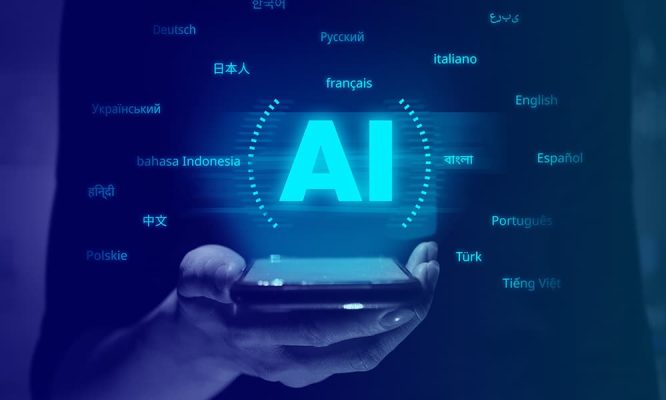The world is a vibrant tapestry of cultures and languages. While differences in geography, language, and ideologies exist, shared emotions connect us. To truly harness the power of Artificial Intelligence (AI), we must move beyond a single-language focus.
Currently, AI’s understanding is limited, particularly when interacting beyond English. To make the internet and AI truly accessible and inclusive, multilingual AI text data is essential, especially for Natural Language Processing (NLP) applications. Training AI algorithms to become “polyglots” is the first step in delivering human-like experiences across diverse languages and regions.
This article explores the crucial role of multilingual AI text data, highlighting its benefits and use cases.
4 Reasons Why Machine Learning Models Should Be Trained in Multilingual AI Datasets
1. Enhance User Experience & Accessibility
Native language experiences are game-changers. Studies show that over 55% of global users prefer to buy from websites in their native language. English-only websites are often overlooked by a significant majority (over 87%) of consumers.
By training models with multilingual AI text data, businesses can deliver content and messaging across apps, websites, emails, and customer service channels in multiple languages. This creates a more welcoming and engaging experience for users worldwide.
2. Acieve a Global Competitive Edge
Multilingualism allows individuals to navigate the world with ease. The same applies to AI. For businesses seeking global expansion, utilizing multilingual AI datasets to train models is a strategic imperative.
In today’s era of localization and hyper-personalization, this approach enables businesses to:
- Explore new business opportunities in untapped markets.
- Expand into existing markets by diversifying offerings.
- Provide superior customer service and faster conflict resolution.
3. Mitigate Bias and Consider Cultural Sensitivity
The internet is quick to react to perceived offenses. Bias in AI models can lead to skewed, unfair, or even offensive results.
Multilingual AI datasets introduce cultural diversity through language-specific nuances, pronunciations, context, and more. This helps AI formulate appropriate and sensitive responses, improving user experience and brand loyalty.
4. Unlock Multi-Language Insights
Language barriers can create data silos, hindering comprehension. Training machine learning models in multiple languages unlocks valuable insights that were previously inaccessible. This empowers businesses to make informed decisions specific to different regions.
Benefits of Multilingual AI Datasets Across Industries
Retail & eCommerce

- Content localization (product descriptions, reviews, support)
- Improved customer satisfaction
- Increased sales and repeat purchases
- Precision sentiment analysis
Banking & Finance

- Airtight compliance of regulations, mandates, and compliances that are specific to particular geographies
- Seamless analysis of claims, insurance policy details, documents, and more in regional languages
Education

- Availability of vernacular educational content
- Improved accessibility to learners, resulting in retention and sustained interests in completing online learning modules
- Democratization of education, where people can learn Python (for instance) in a language of their choice like Swahili
Travel & Hospitality

- Real-time translation services of phrases, texts, and voices
- Automatic translation of local details such as booking vouchers, messages, travel recommendations, menu cards, and more
- Increased scope for lead generation through vernacularization of content
Challenges In Making AI A Polyglot
Training AI in multiple languages requires vast amounts of contextually accurate data. This presents challenges:
- Sourcing high-quality multilingual AI text data.
- Validating data accuracy to prevent inappropriate responses.
- Lack of linguists and language SMEs.
Shaip: Your Partner in Multilingual AI Data Solutions
Shaip specializes in providing bespoke multilingual training datasets. We use a human-in-the-loop approach, with language experts meticulously validating data and implementing precise annotation procedures.
We deliver training datasets tailored to your specific language requirements, scale, and format. Let Shaip handle the complexities of multilingual AI training. Contact us today to discuss your needs.







